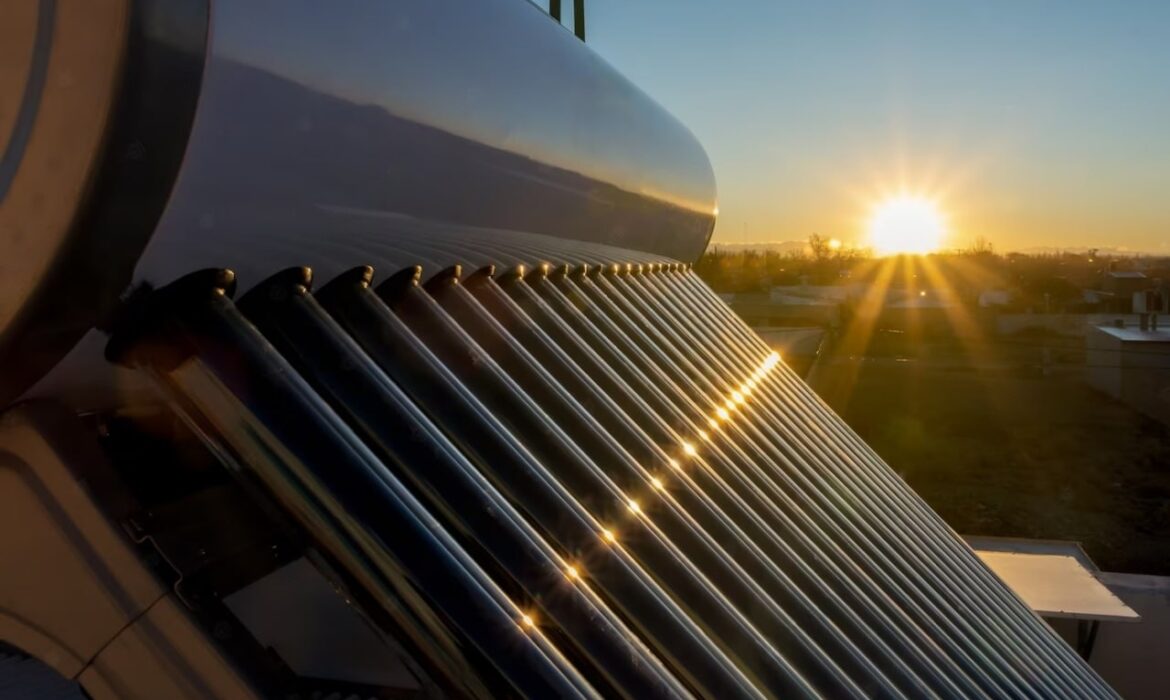At Pelasgos Homes we would like to propose you our tips on passive houses in Cyprus – ultra-efficient home design which combines energy-efficient construction, appliances, and lighting with commercially available renewable energy systems, such as solar water heating and solar electricity. By taking advantage of local climate and site conditions, we can incorporate passive solar heating and cooling and energy-efficient landscaping strategies. The intent is to reduce home energy use as cost-effectively as possible, and then meet the reduced requirements with on-site renewable energy systems.
Hydronic Heating
Solar hydronic heating warms your home by taking advantage of an environmentally friendly energy source-the sun. Hydronic heating systems are typically gas-fired and have been used in Europe for almost a century. Solar hydronic heating systems that use evacuated tube solar collectors as the primary method of heating the water needed for the hydronic circuit are now available on the market.
Given the energy intensive nature of heating water, solar hydronic systems can not only help reduce electricity related greenhouse gas emissions, but also save you money over the long term. Briefly, here’s how a solar thermal system works:
- Solar hydronic/thermal technology uses an evacuated tube collector system situated on a roof. Sun shining on the solar collectors heats a special fluid within the tubes. The fluid is then pumped into heat exchange coils in a heavily insulated storage tank.
- The heat exchange coils, strategically placed to ensure maximum efficiency, heat the water in the tank where it can be held for several days at suitable temperatures if weather conditions are unfavorable. Back up electric or gas booster systems can also ensure ongoing hot water.
- The hot water can then circulated throughout a building on a continual basis, ensuring hot water is always immediately available, without the long wait usually experienced with standard hot water systems.
- The hot water can also be piped through radiators installed in strategic locations throughout a building to provide heating or through pipes situated under the floor, providing a gentle, radiant warmth. Bypass systems allow for this space heating aspect to be switched off when temperature levels inside a building are optimum and can also be adapted for cooling purposes.
- Given the superior heating process and advanced insulation, large volumes of hot water can be economically and cleanly generated and stored for days in low light conditions using a solar hydronics system.

